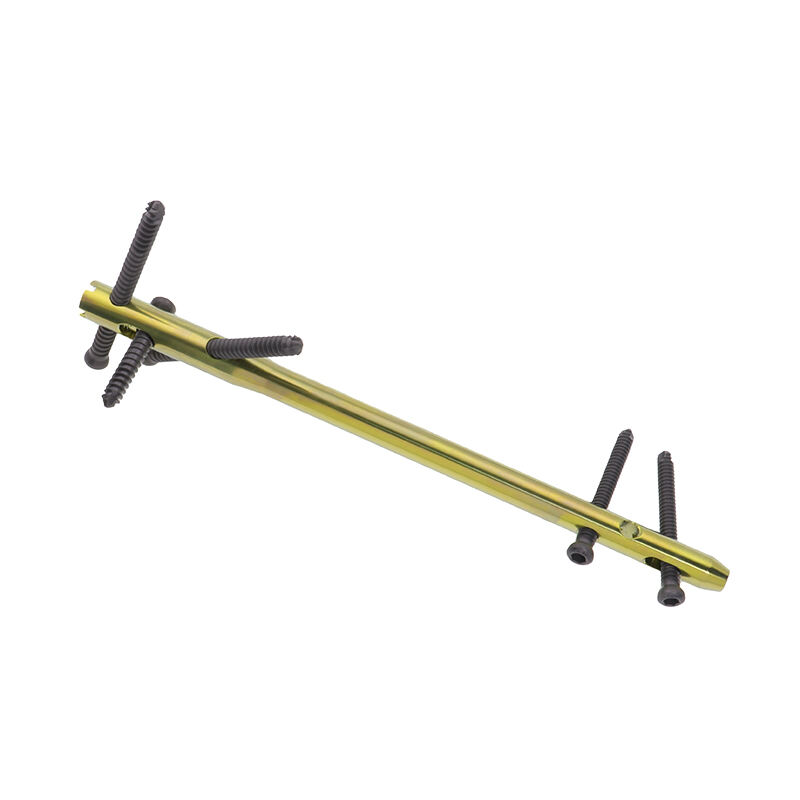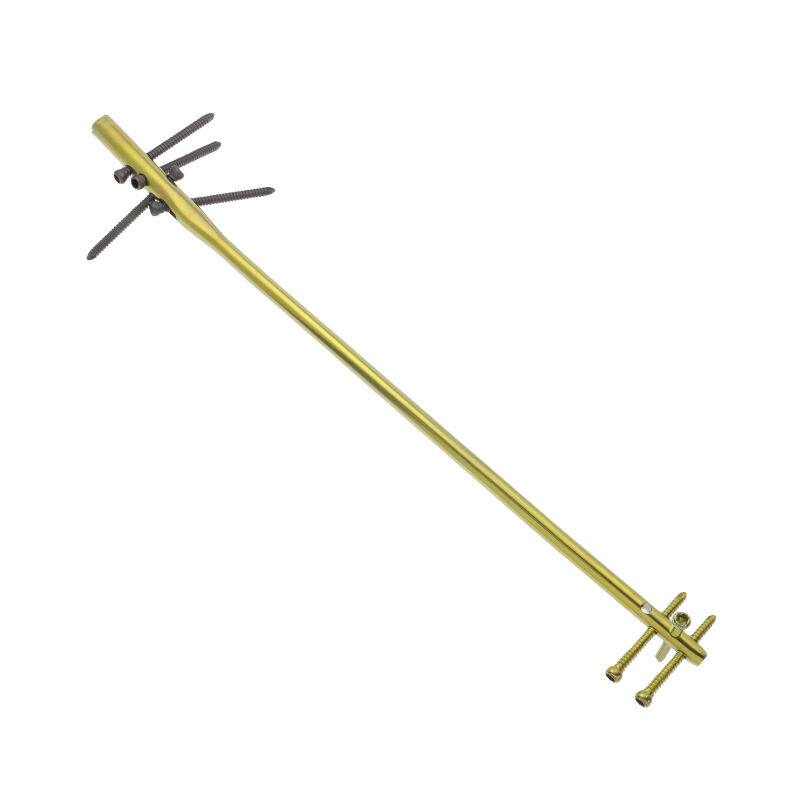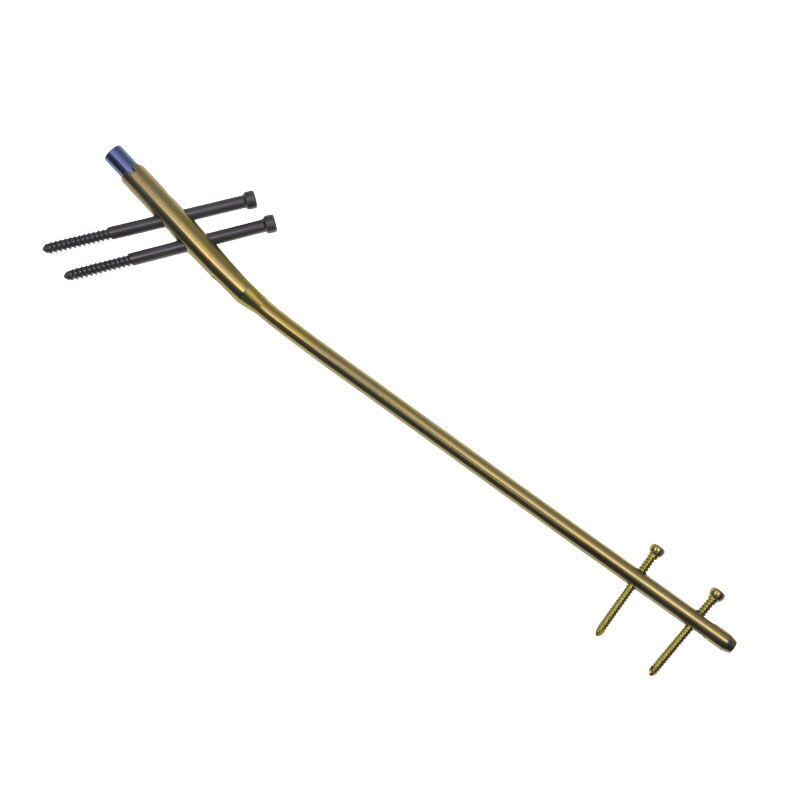elastic stable intramedullary nailing
Elastic stable intramedullary nailing (ESIN) represents a revolutionary advancement in orthopedic surgery, particularly in treating pediatric long bone fractures. This innovative surgical technique involves the insertion of flexible titanium or stainless steel nails into the medullary cavity of long bones, providing stable internal fixation while maintaining the biological and mechanical conditions necessary for optimal fracture healing. The procedure utilizes two pre-contoured elastic nails inserted through precisely created entry points, typically on opposite sides of the bone. These nails work synergistically to create a three-point fixation system, effectively stabilizing the fracture while allowing for controlled micromotion that stimulates callus formation. The technology behind ESIN combines mechanical principles with biological healing processes, making it particularly suitable for growing bones. The nails flexibility accommodates the natural growth of pediatric bones while maintaining fracture alignment. This technique has revolutionized the treatment of pediatric fractures by offering a minimally invasive approach that respects the physeal plates and periosteum, critical components for bone growth and healing.


